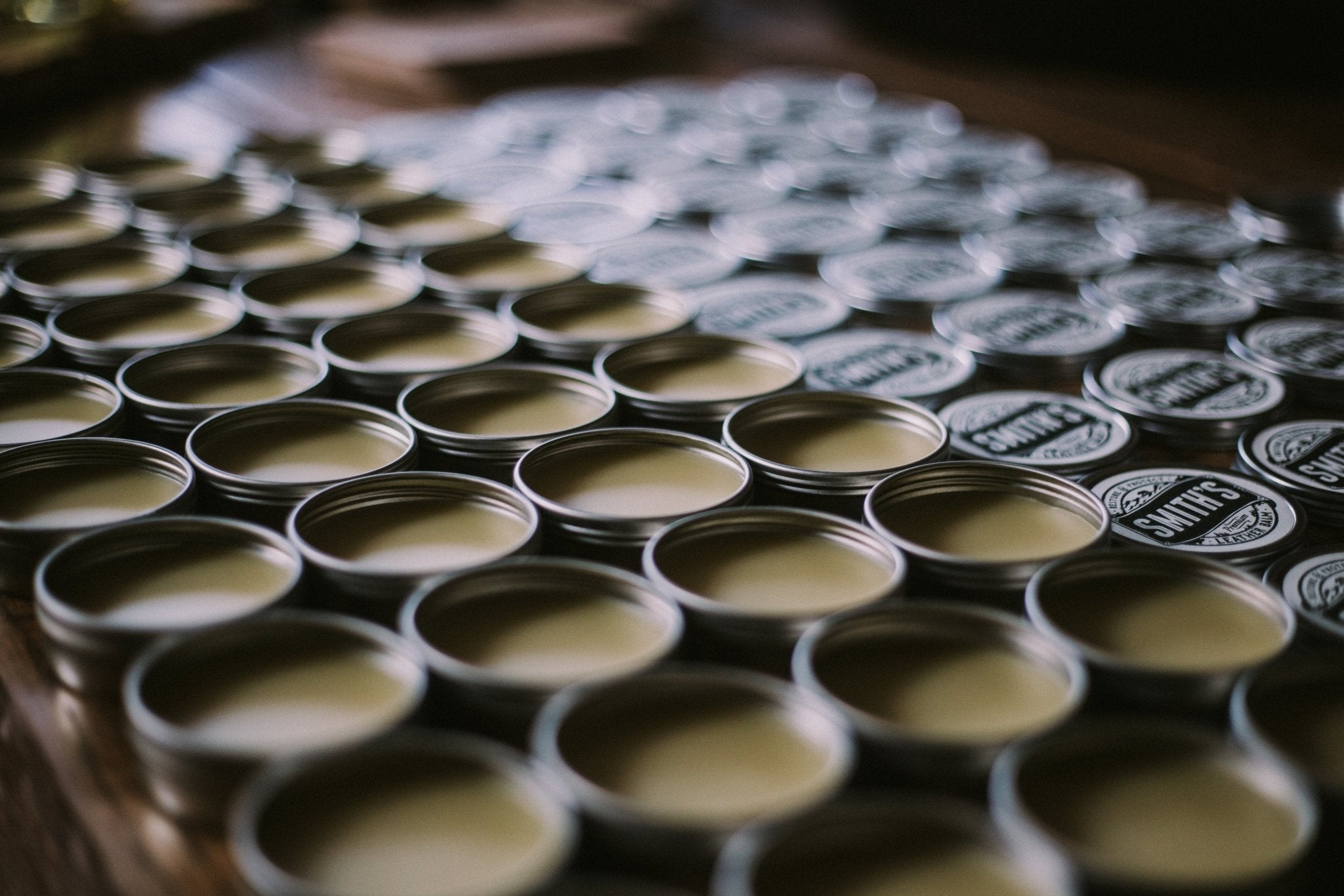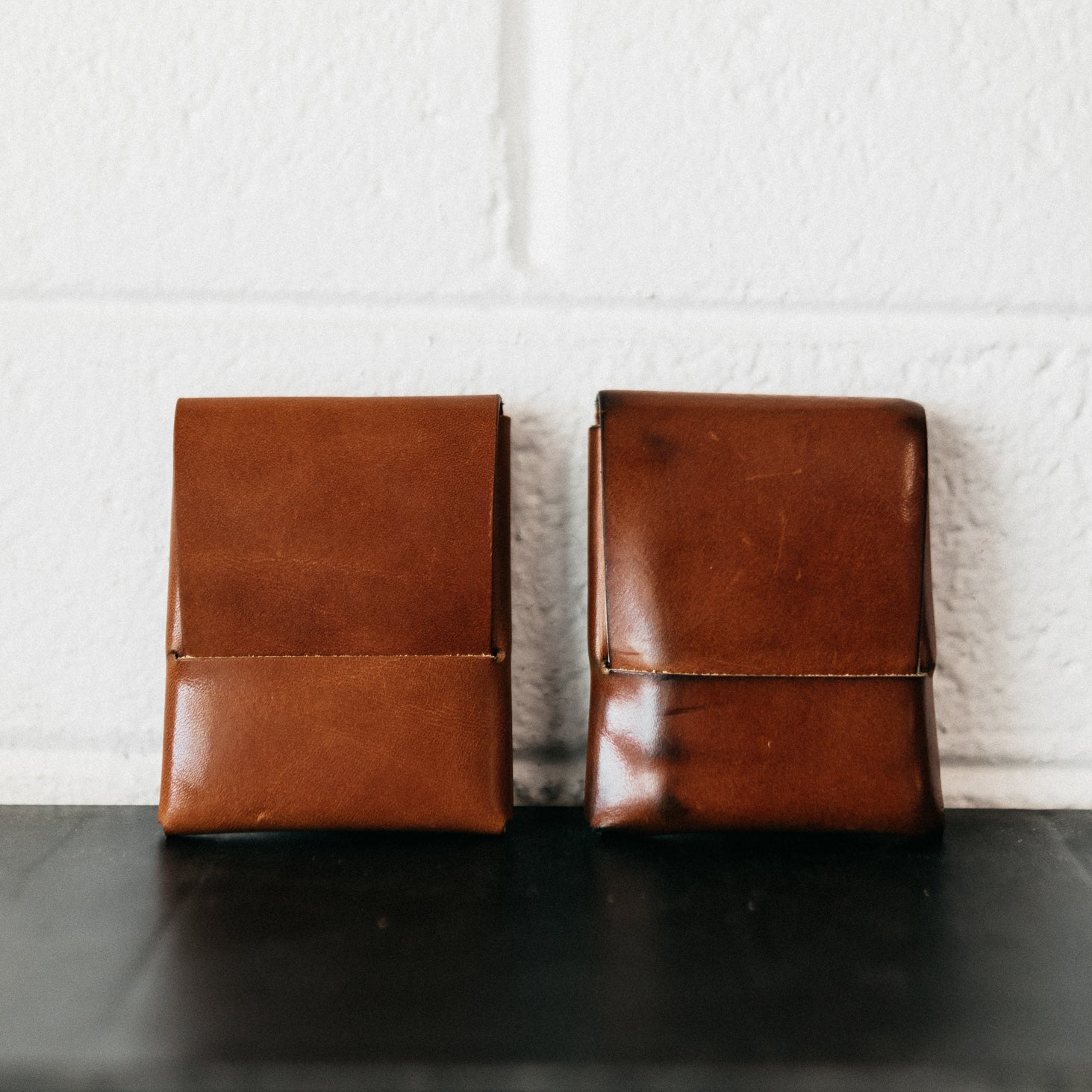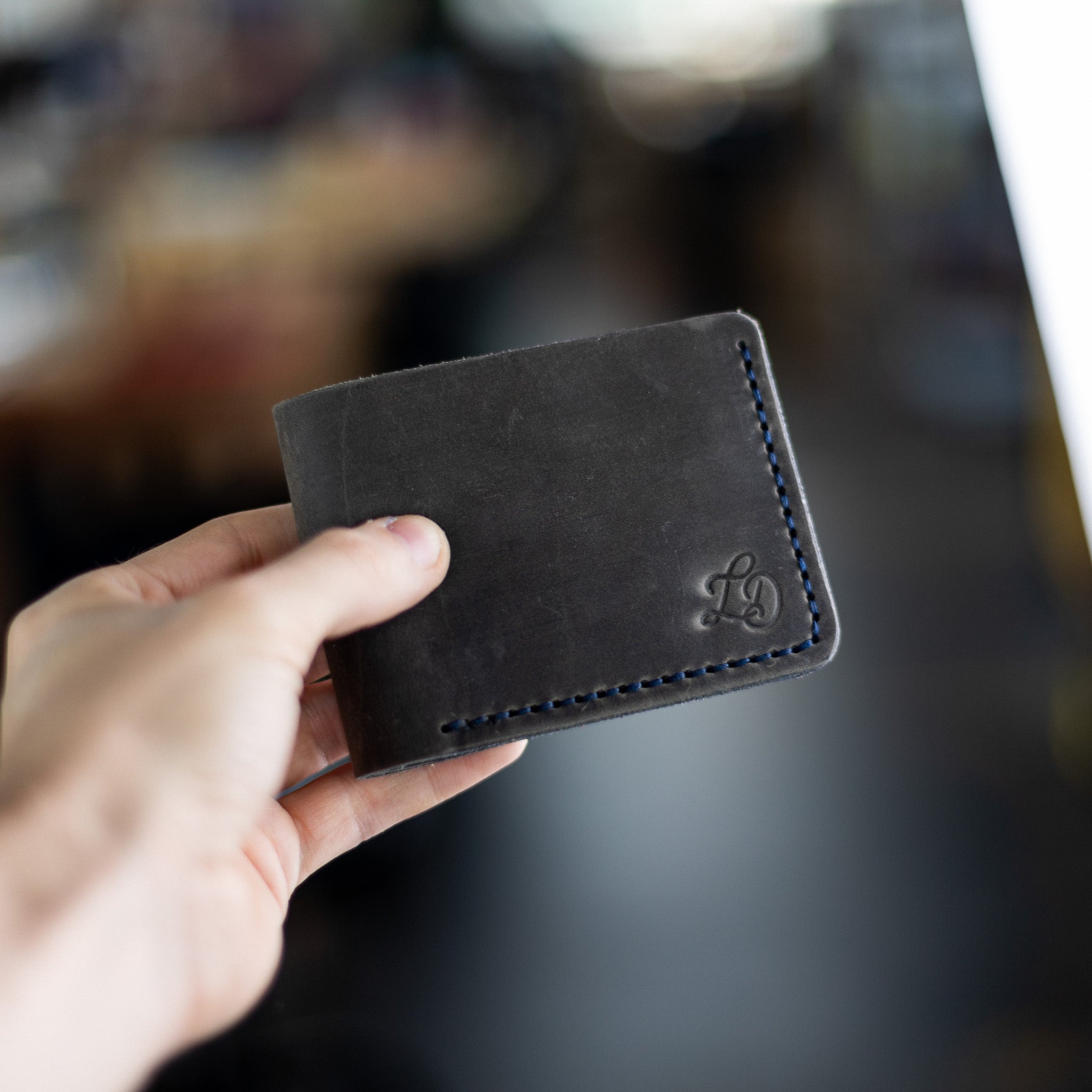
How to Waterproof Leather Without Damaging It
Leather stands apart from other materials. It is strong, timeless, and carries the stories of daily life in every crease and mark. A wallet softens with use until it feels like a second skin. A belt becomes part of a routine, gaining a natural patina over time. These qualities make leather a cherished companion. But nothing threatens it faster than water.
Rain, spills, or even high humidity can weaken leather fibers, cause stains, and strip away natural oils. The good news is that leather can be protected. The goal isn’t to seal it inside a hard shell but to give it just enough defense to keep its natural character while resisting damage. Learning how to waterproof leather properly ensures that every wallet, belt, and accessory continues to age with dignity rather than distress.
Why Waterproofing Leather Matters
Unlike synthetic materials, leather is a natural hide. It retains oils that keep it supple and resilient. When water penetrates, it washes those oils out. Over time, this leaves the surface stiff, brittle, and prone to cracking. What should have been a lifelong wallet becomes a reminder of missed care.
Waterproofing doesn’t mean making leather indestructible. It means applying treatments that balance resistance and breathability. Done well, the leather will repel raindrops, shrug off spills, and still develop a handsome patina. For pieces like The Franklin, which is built to last a lifetime, waterproofing is not just protection, it’s preservation.
Myths and Truths About Waterproofing Leather
Many people approach waterproofing with good intentions but bad information. Let’s clear up a few of the most common misconceptions.
-
Myth: Any waterproof spray will work.
-
Fact: Many sprays contain chemicals that block pores or dry out the hide. Natural leather waterproofing is safer, keeping fibers nourished while still offering protection.
-
Myth: Once waterproofed, leather never needs care again.
-
Fact: Waterproofing wears down over time. Conditioning and reapplication are part of the long-term process.
-
Myth: The more product, the better the protection.
-
Fact: Over-application clogs pores and creates greasy buildup. Thin, even coats are always best.
-
Myth: Heat dries leather faster after it gets wet.
-
Fact: Direct heat causes cracking and warping. Leather must dry slowly at room temperature.
These truths form the foundation of proper care. From here, it’s about choosing the right method.
Natural Leather Waterproofing: Choosing the Right Armor
Leather deserves treatments that respect its origins. Natural oils and waxes are the traditional choice, and for good reason. They penetrate deeply, condition the fibers, and allow the hide to breathe. While they may require more frequent maintenance than chemical sprays, the trade-off is healthier leather that ages beautifully.
Beeswax: The Time-Tested Shield
Beeswax has been relied on for centuries. It forms a durable barrier, making water bead on the surface. Applied lightly, it preserves flexibility while repelling moisture. Too much, however, can stiffen the hide. A small wallet or a pair of boots treated with beeswax often develops a soft sheen and water resistance. It is, however, very difficult to apply correctly.
Neatsfoot Oil: Deep Conditioning Power
Extracted from cattle bones, neatsfoot oil penetrates the hide more deeply than waxes. It restores lost oils and prevents fibers from drying out. Equestrian workers have long sworn by it for saddles exposed to rain. One note: it will darken most leather, enriching the color but sometimes altering lighter tones.
Mink Oil: Everyday Flexibility
Mink oil strikes a balance between conditioning and protection. It does usually darken the color of the leather, but not quite as much as Neatsfoot Oil. Wallets like The Big Finn, which rely on both structure and flexibility, benefit from its subtle finish.
Smith’s Leather Balm: Best Overall
Smith's Leather Balm is our favorite leather conditioner. We love it because it’s made from 3 ingredients – 100% organic cocoa butter, organic beeswax, and pure almond oil. It’s designed to restore, protect, and preserve leather goods without synthetic chemicals or petroleum byproducts.
Step-by-Step: How to Waterproof Leather
The process of waterproofing leather is less about speed and more about patience. Each step contributes to long-lasting results.
Step 1: Dust Thoroughly
Dust and dirt prevent absorption. Use a soft, dry cloth to wipe surfaces. For more stubborn buildup, apply a gentle leather cleaner. Small accessories benefit from organized storage in trays like The Catch-All, which reduces daily dust accumulation.
Step 2: Apply a Thin, Even Coat
Using a cloth or fingertips, work in a light layer of balm with circular motions. Thin applications soak in evenly without clogging pores. It’s easy to go too heavy, so start with a small amount. This technique works as well on small items like the AirTag Keyring as it does on belts.
Step 3: Let It Rest
Patience is crucial. Allow the leather to rest for a couple hours in a cool, dry place. This gives the balm time to bond and sink into the fibers.
Step 4: Buff to Finish
After resting, buff with a soft cloth or horsehair brush. The surface should gleam lightly without excess residue. The result is leather that feels supple, looks enriched, and resists water.
Long-Term Care and Maintenance
Waterproofing and protection is ongoing. A few guidelines make it easy:
-
Frequency: Reapply every few months, or more often if the leather seems to be drying out.
-
Protection: Try to keep your leather product away from liquids when possible, and if it does get wet, let it air dry overnight before reapplying balm.
-
Observation: Check for dryness, cracking, fading, or water spots.
Wallets like The Big Finn or slim card holders endure years of use with this routine. Consistency is the key.
Common Mistakes to Avoid
-
Over-application: Too much wax or oil leads to buildup and stiffness.
-
Chemical treatments: Harsh sprays can cause irreversible damage.
-
Direct heat: Never speed-dry leather near heaters or fires.
-
Neglect: Skipping regular checks allows small issues to become permanent.
Avoiding these pitfalls ensures leather protection doesn’t become leather destruction.
Final Word: Protecting Leather the Right Way
Learning how to make leather water-resistant isn’t complicated. It’s about respecting the material and giving it the kind of care it deserves. By using natural leather waterproofing methods, every wallet, belt, and accessory gains resilience without losing character.
From wallets and card holders to rugged belts and accessories like The Catch-All, each piece from Lost Dutchman Leather is built to last a lifetime. With proper waterproofing, they don’t just survive the elements, they grow better because of them.


